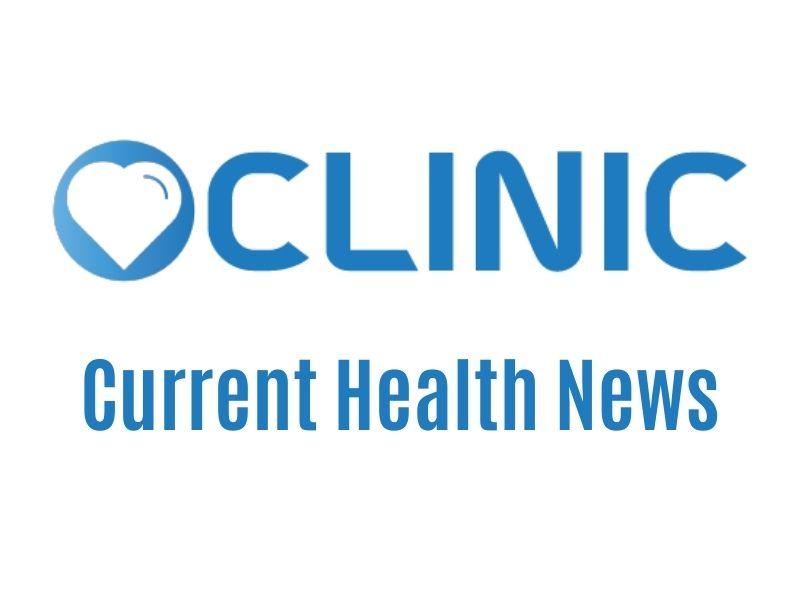|
BP What is your blood pressure? Do you know what your blood pressure is? How much is it dangerous? What are the symptoms? What are the causes? In which situations should secondary hypertension be considered? Evaluation of the hypertensive patient In this case, 3 points should be considered: 1 – A secondary cause of hypertension should be investigated, How should blood pressure be measured?
Treatment how should it be? Non-pharmacological (non-pharmacological) treatment: Lifestyle change, restriction of salt intake, reaching ideal weight, increased physical activity, quitting smoking, preventing excessive alcohol consumption, regulating diet, 5-6 meals a day often but less Eating large amounts of food, consuming foods rich in potassium and calcium, and taking a diet low in saturated fat are the basic principles of treatment methods other than drugs. The blood pressure reduction rates of non-pharmacological treatments are as follows: Weight loss: 5- 20 mmHg (systolic) Medication (pharmacological therapy) : The physician tries to treat hypertension with different groups of drugs suitable for the patient’s age and other diseases. Studies have shown that at least 2-3 drugs are needed. If the blood pressure cannot be reduced despite the use of medication, it is called resistant hypertension. In this case, using drugs at least reduces cardiovascular mortality and morbidity. |
|
design
|
Blood pressure
previous post

